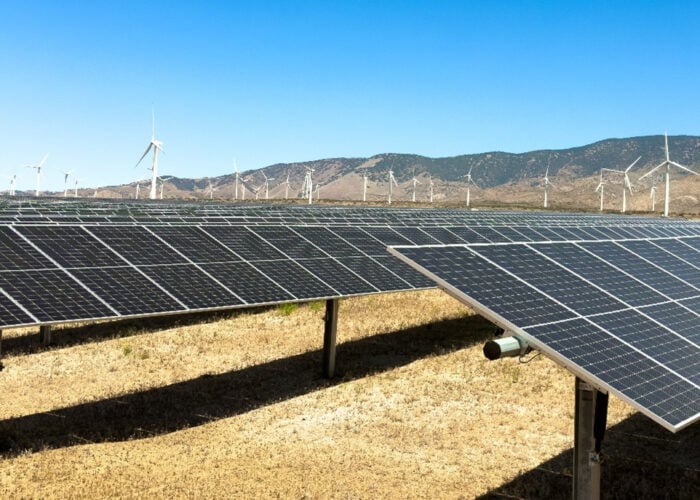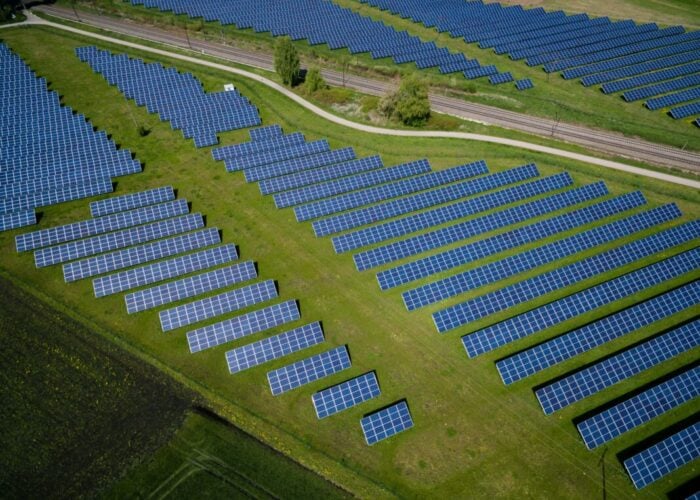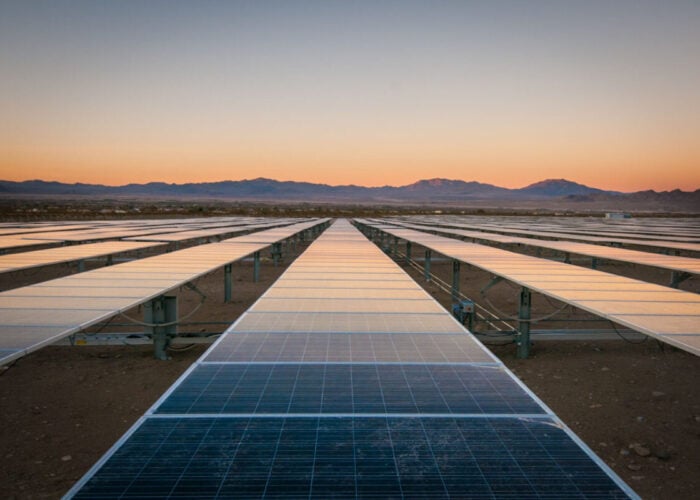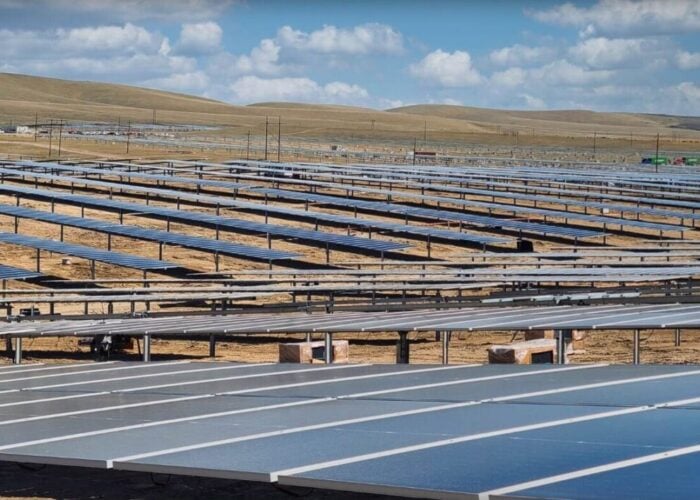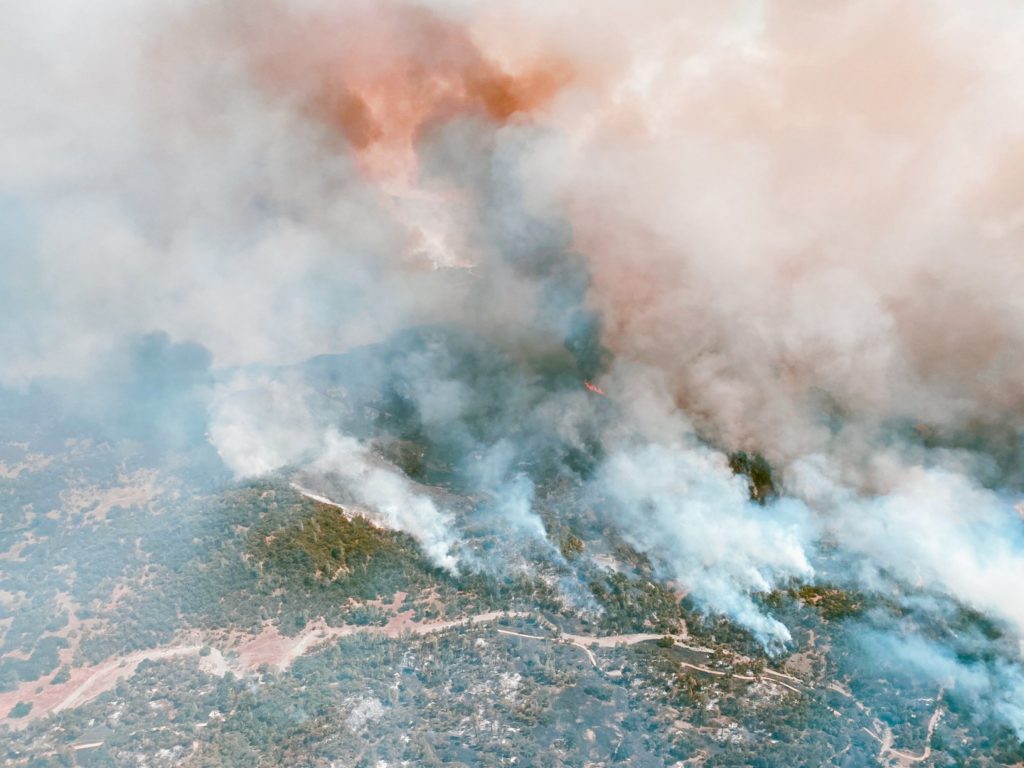
The intense wildfires that ravaged California in the US in 2020 were responsible for substantial solar energy forecast errors, according to a study led by scientists at the National Center for Atmospheric Research (NCAR).
The smoke darkened so much the skies in California that it slashed the state’s solar power production during peak hours between 10-30% in comparison with similar days in previous years.
Unlock unlimited access for 12 whole months of distinctive global analysis
Photovoltaics International is now included.
- Regular insight and analysis of the industry’s biggest developments
- In-depth interviews with the industry’s leading figures
- Unlimited digital access to the PV Tech Power journal catalogue
- Unlimited digital access to the Photovoltaics International journal catalogue
- Access to more than 1,000 technical papers
- Discounts on Solar Media’s portfolio of events, in-person and virtual
Solar energy production averaged 27% less than forecast and even dipped to as much as 50% less than forecast during late afternoon and early evening hours when it coincided with a ramp-up of energy demand.
The study used data gathered from the California Independent System Operator (CAISO) and was focused on the period from 7 to 16 September 2020, when the fires were peaking in the US state. During the studied period, when smoke activity in the air was increased, CAISO did not include the effects of smoke in its hour-ahead forecast and ended up overestimating the expected power production by 10% to 50%.
As events such as the 2020 California wildfires might become more frequent in the coming years – half of the ten largest wildfires that occurred in California’s history happened during that season in 2020 – including the effects of smoke on solar energy forecasts should be recommended to reduce errors in forecasting solar power estimates.
“The key takeaway from this research is that wildfire smoke can have a substantial and negative impact on solar energy production in areas near major wildfires,” said lead author, Timothy Juliano, scientist at NCAR. “This is something that utilities should keep in mind when wildfires occur.”
The study concluded that by including the contribution of wildlife smoke emissions it would improve the day-ahead solar energy bias forecast for both global horizontal irradiance and direct normal irradiance by almost 50%.
The potential impact of smoke should be considered in future solar power resource assessments as the issue might not be confined to the location of the wildfire, with smoke being transported far downwind.
However, it added that many uncertainties and challenges still remain to be addressed in improving solar forecasting during wildfires and the overall impact on a longer period of time.
The full-length of the study “Smoke from 2020 United States wildfires responsible for substantial solar energy forecast errors” can be read here.

